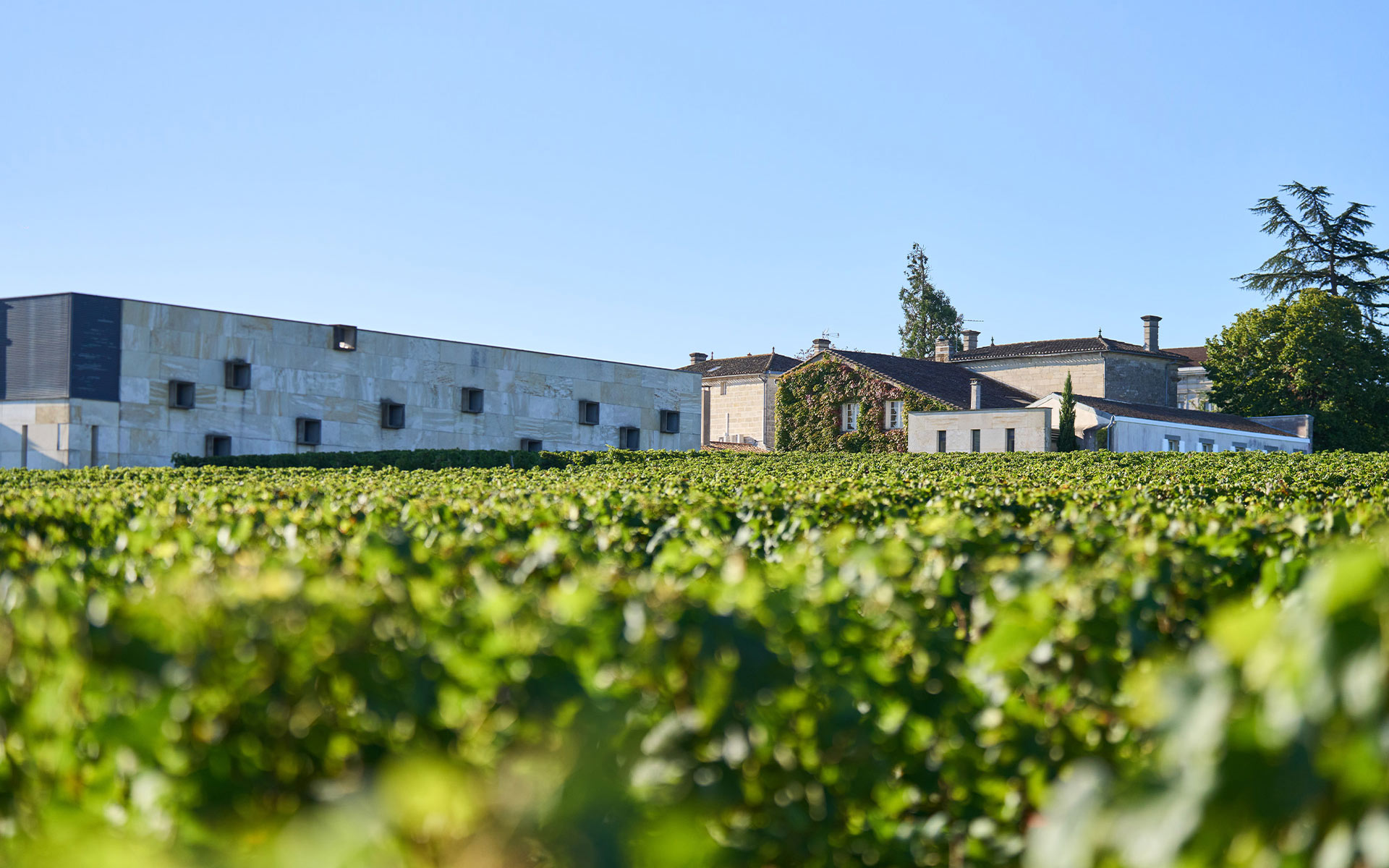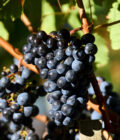Your cookie preferences
We use cookies to personalize content and improve your experience. You can accept all cookies or manage your preferences



A unique geological accident, a singularity among the great wine-growing terroirs, the Pomerol vineyard is rooted in a 40-metre-high clay hill dating from the Tertiary Period (geological era extending from 66 to 2.58 million years ago).
Between 1.3 million and 120,000 years ago, the Günz, Mindel and Riss ice ages of the early and middle Quaternary covered this hill with gravel terraces. These ruby gravels, the oldest of which contain Limousin quartz and Perigord black and blonde flint, are organised into ‘terraces ruined by erosion, giving the most favourable hilly shape for a quality vineyard’.
(Enjalbert H. Les grands vins de Saint-Emilion, Pomerol et Fronsac. Paris : Edition Bardi, 1983. La ” géomorphologie de destruction ” et les terrasses, p 121-144).
“There are 10 of them (famous growths) (Clos l’église, La Croix, Vieux Château Certan, La Fleur et le Gay (reunited), l’Evangile, Beauregard, La Conseillante, Pétrus, Croix de Gay, Petit Village) which can be said to form the very heart of Pomerol as visitors can discover it on a walk of a few hours”.
The topography of this fairly flat area is the exception around the historic village of Pomerol, the hamlet of Pignon, the beating heart of Château La Croix de Gay’s winemaking activity.
The Merlot grape variety is the interpreter of the subtlety of this exclusive mosaic of pure clay and ancient Günz gravel.
The softness of the clay on the palate, the opulence and richness of the oldest gravel, and the northern exposure allow the wine to express itself freshly and with the utmost finesse. All of these factors transform the Merlot grape, which is certainly the most demanding in Bordeaux.
‘If Pomerol is said to produce the Burgundies of Bordeaux, La Croix de Gay is probably one of the wines from this appellation that most evokes a grand cru made from pinot noir.’


Just as Pinot Noir is, in Burgundy, the exegete of the greatest terroirs of the Côte de Nuit, the Merlot grape variety, with its demand for exceptional terroirs to give full expression to its unique qualities, and its almost exclusive presence in the grape varieties and blends of Château La Croix de Gay, is the interpreter of the clay gravel of Pomerol.
This aromatic singularity, this consistency in sensory expression is probably the closest thing to the essence of a terroir, ‘the proven ability of a territory to “produce”, thanks to human know-how, wines with a typical taste’, according to the great oenologist Denis Dubourdieu.
It is from this exceptional soil and subsoil, veined with the red of iron oxides (crasse de fer), another unique feature of the Pomerol terroir, that the wine of Château La Croix de Gay draws, in addition to its surprising combination of generosity and finesse, its aromas of violets and, when mature, truffles.
‘A veritable ferruginous liqueur’ is how Château La Croix de Gay was described in the 11th edition of the reference work Bordeaux et ses vins classés par ordre de mérite, Féret et Cocks, published in 1929.
This aromatic singularity, this consistency in sensory expression is probably the closest thing to the essence of a terroir, ‘the proven ability of a territory to “produce”, thanks to human know-how, wines with a typical taste’, according to the great oenologist Denis Dubourdieu.

We use cookies to personalize content and improve your experience. You can accept all cookies or manage your preferences